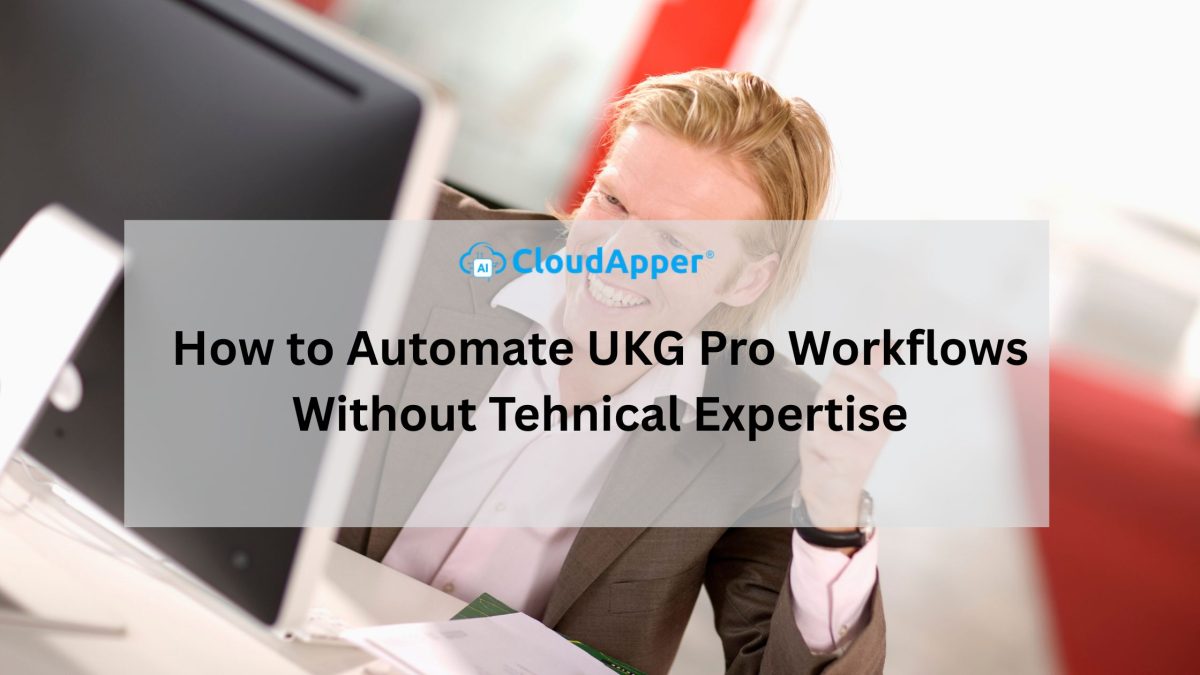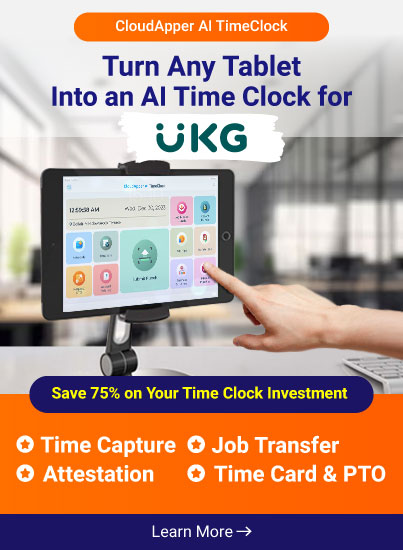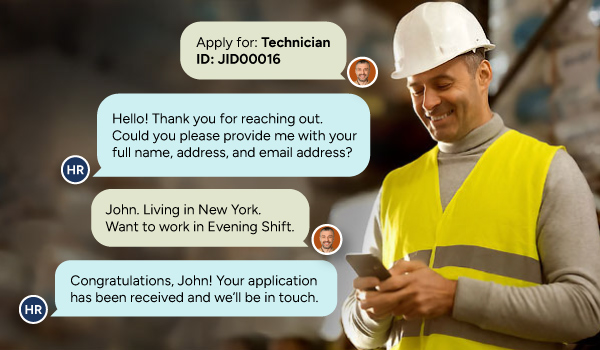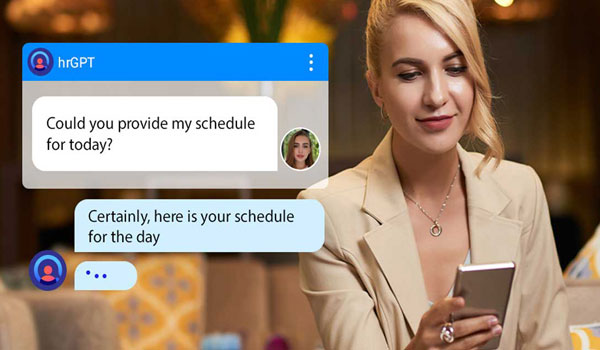Learn how CloudApper enables teams to enforce labor law rules by location within UKG using smart automation and custom workflows.
Table of Contents
Expanding across multiple states or regions means dealing with different labor laws that don’t always follow the same rules. For HR teams, this raises a critical question—how do you enforce labor law rules that change from one location to another without relying on manual tracking or risking non-compliance?
The challenge isn’t a lack of policy knowledge. Most HR professionals understand state-specific requirements. The real problem is applying those policies consistently across diverse teams, job roles, and shift schedules—all while keeping systems and processes aligned.
UKG provides a solid framework for timekeeping, scheduling, and workforce management. However, enforcing location-specific labor laws—such as break rules, overtime thresholds, or minor protections—requires workflows that adjust automatically based on where an employee is working.
Why Location Matters in Labor Law Enforcement
Labor regulations are written at the state level, meaning the rules in one office might not apply in another—even if those locations are only a few miles apart. This makes enforcement difficult when companies operate in multiple jurisdictions. Using a one-size-fits-all policy creates exposure to compliance violations, while customizing processes manually across locations is time-intensive and error-prone.
To stay compliant, companies need systems that understand where the employee is located and apply the correct labor rules accordingly.
Automating Enforcement Within UKG Using CloudApper
CloudApper enhances UKG by enabling organizations to create automated workflows that respond to geographic and policy-based logic. Here’s how to enforce labor law rules using this approach:
-
Build State-Specific Compliance Flows: Set up custom rules for each location based on local requirements—such as required rest periods, unpaid meal breaks, or specific overtime caps.
-
Use Location Triggers: Apply logic that automatically detects where an employee is scheduled and activates the correct labor law procedures for that area.
-
Enable Real-Time Attestations: Give employees a simple interface on tablets or mobile devices to confirm breaks or acknowledge required compliance forms before or after shifts.
-
Set Up Alerts and Conditions: If a required step is skipped—like a missed break confirmation—the system can trigger alerts, delay payroll processing, or escalate to a manager.
-
Store All Documentation Digitally: Keep records of each step in the compliance flow, organized and ready for audits or legal reviews.
These actions integrate directly into the UKG workflow, making enforcement seamless instead of reactive.
Ensuring Accessibility for All Employees
Compliance doesn’t stop at headquarters. The system needs to work for field employees, night shift teams, and hourly workers who may not have regular access to HR tools. By using mobile-friendly workflows and tablet access points, CloudApper ensures every employee—no matter where or when they work—can complete compliance actions without friction.
This real-time accessibility eliminates delays, reduces errors, and strengthens your compliance posture across the board.
Staying Ahead of Rule Changes
Labor laws evolve. Sick leave expansions, rest break mandates, or wage adjustments can change with little notice. That’s why CloudApper’s no-code platform is so important in the second half of the compliance process. HR teams can update rules, adjust conditions, or create new workflows quickly—without needing to reconfigure UKG or rely on IT support.
Final Thoughts
Enforcing labor law rules by location doesn’t have to mean building separate systems for every state. With CloudApper, UKG becomes a flexible platform that applies labor laws based on where your people work—automatically, consistently, and reliably.
Consult our experts today to learn how your compliance workflows can work smarter, not harder.















